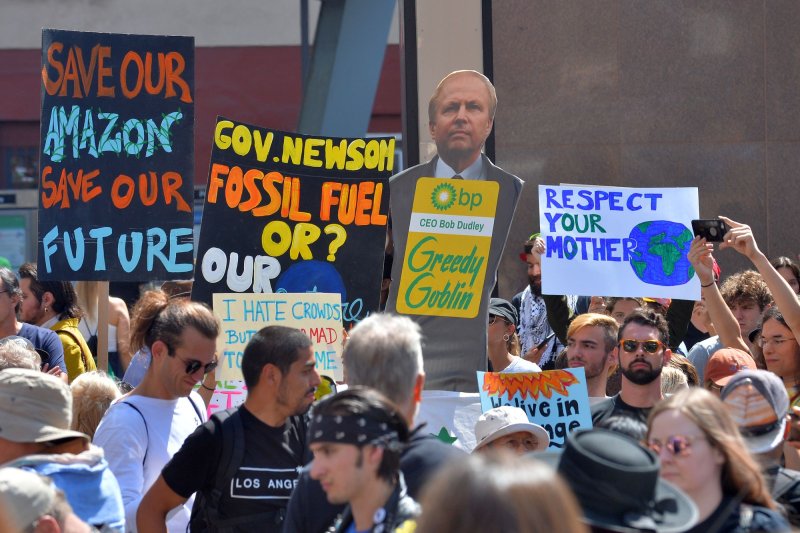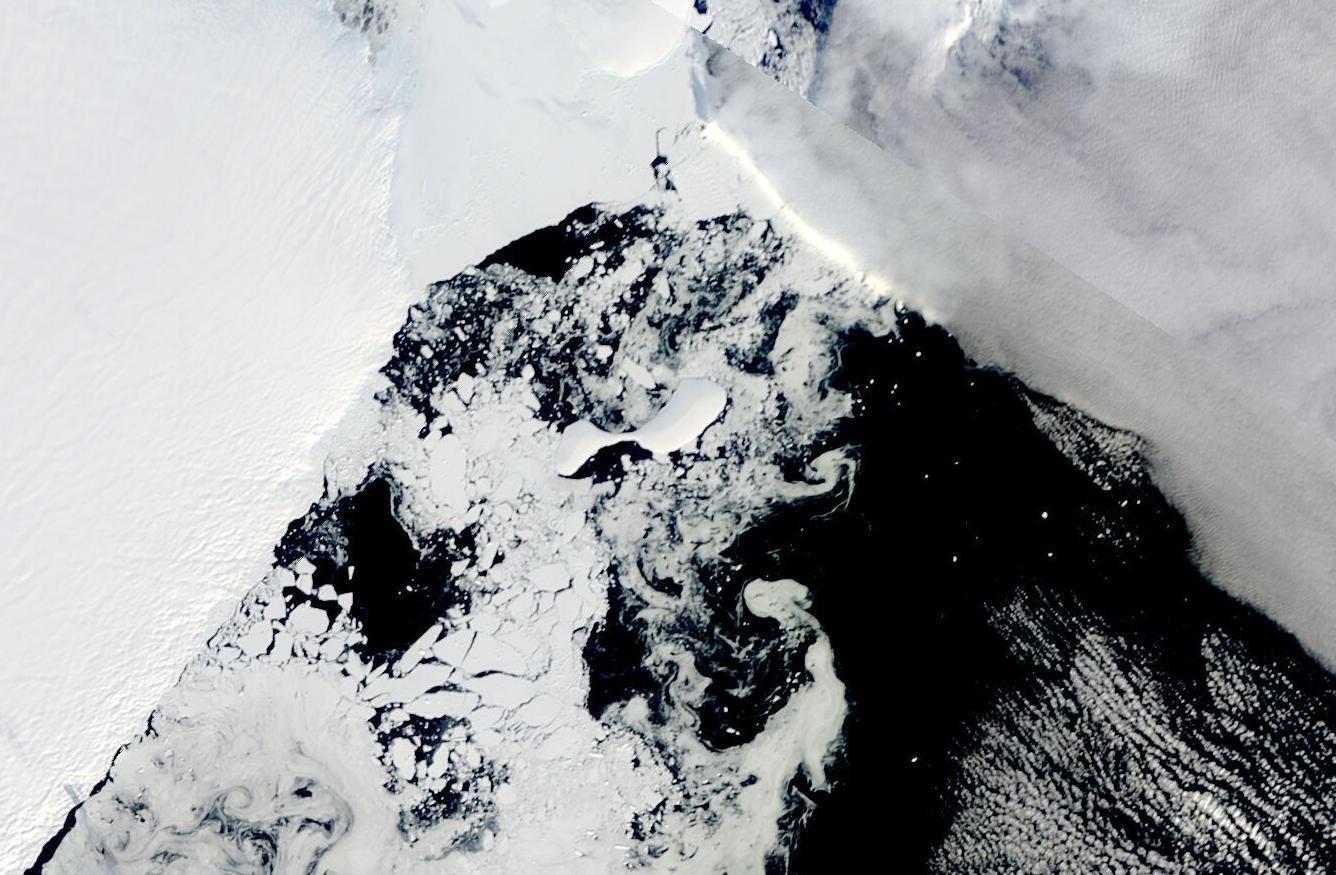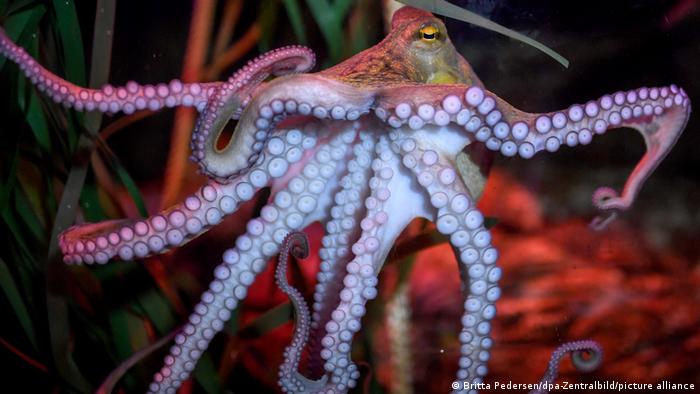
On Friday, Minneapolis Public Schools and the Minneapolis Federation of teachers announced a tentative agreement in an 18-day teacher strike. Pictured are teachers striking in Los Angeles on Jan. 18, 2019. File Photo by Jim Ruymen/UPI | License Photo
March 25 (UPI) -- Minneapolis Public Schools Friday announced a tentative agreement with the Minneapolis Federation of Teachers that could get teachers back into classrooms after an 18-day strike.
In a statement on its website, the school district said, "MPS is extremely pleased to welcome students back to school on Monday, March 28, pending an MFT membership vote. MPS and MFT reached a tentative contract agreement for our teachers and educational support professionals."
The Minneapois Federation of Teachers also announced the tentative agreement ending the 18 day teacher's strike.
"Early Friday morning, both chapters of the Minneapolis Federation of Teachers and Education Support Professionals reached tentative agreements with the Minneapolis Public Schools that, if ratified, will end the strike," the MFT said in a statement.
The teachers union said the "historic agreements" include major gains made on pay for Education Support Professionals, protections for educators of color, class size caps and mental health supports.
Members of the striking union will vote on whether or not to ratify the tentative agreement.
"MPS looks forward to sharing details about the tentative agreement in partnership with MFT leadership," Minneapolis Public Schools said in its statement.
The teachers union went on strike for higher pay, smaller class sizes and better mental health support.
By STEVE KARNOWSKI

MINNEAPOLIS (AP) — Teachers in Minneapolis reached a tentative agreement early Friday to end a more than two-week strike over pay and other issues that idled some 29,000 students and around 4,500 educators and staff in one of Minnesota’s largest school districts.
The union for teachers and support staff planned to announce details later in the day, but said it achieved what it sought when its members walked off the job March 8 after they were unable to agree on a contract with district leaders. Ratification votes were expected over the weekend.
Superintendent Ed Graff said he was looking forward to welcoming students and staff back to school on Monday. However, union leaders said talks on a return-to-work agreement were still underway Friday afternoon.
“These historic agreements contain important wins for our students and the safe and stable schools they deserve,” the Minneapolis Federation of Teachers and Education Support Professionals said in a statement, adding that “major gains were made on pay for Education Support Professionals, protections for educators of color, class size caps and mental health supports” for students.
At a news conference and rally outside district headquarters, union leaders said they would get details out to their members shortly. They said the gains included higher starting wages for the lowest-paid workers, and exemptions for teachers of color from seniority-based layoffs that they said could serve as a national model.
“The collective action of our members has shown that strikes work,” said Shaun Laden, head of the union’s education support professionals unit. “We know that we needed fundamental change in the Minneapolis Public Schools, and that was a big part of what this is about.”
Greta Callahan, who leads the union’s teachers unit, said their gains on the critical issue of mental health supports for students included a doubling of nurses and counselors in elementary schools, and a social worker in every building, but acknowledged they got less than what they had sought.
Laden also acknowledged that some of the gains could be temporary because they depend on one-time federal coronavirus relief money.
Graff declined to give details about the contract at an earlier news conference, but said he believes it’s fair to teachers and staff.
School Board Chair Kim Ellison thanked students for their patience.
“I know for many of our students, and many of you, the past two weeks have been difficult and long,” she said. “You’ve missed your teachers, you’ve missed your school, you’ve missed your friends. I’m so excited for you that you’re able to return to school on Monday. I know your teachers are going to be incredibly thrilled to see you.”
But a teachers strike entered its third day Friday in Sacramento, California, where unions representing 2,800 teachers and 1,800 school employees hit the picket lines Wednesday over pay and staffing shortages The Sacramento City Unified School District has canceled classes at its 76 schools, affecting 43,000 students.
Across the country, unions are seizing the opportunity posed by tight labor markets to recover some of the power they feel they lost in recent decades. And experts expect to see more labor strife as the country emerges from the pandemic. President Joe Biden’s administration is considering changes that could make it easier for federal workers and contractors to unionize.
The Minneapolis walkout, the city’s first by teachers since 1970, sent families who had endured the most chaotic days of the coronavirus pandemic fretting anew about lost academic progress and scrambling to arrange child care. Churches, Boys and Girls Clubs, YMCAs and park buildings opened their doors to provide students with safe places to hang out and get meals. High schoolers staged a series of solidarity actions to support the teachers, including an all-night sit-in at district headquarters.
Erin Zielinski, mother to a first-grader at Armatage Elementary School in south Minneapolis, greeted news of the settlement with a one-word text: “Hallelujah!” She and her husband said as the strike began that they supported the teachers, though they worried whether the district could meet their demands.
“I’m relieved to know that the union received an offer to be able to continue to provide schools that are good and safe,” she said. “A major reason why we chose to move to Minneapolis in the first place.”
Minneapolis Public Schools administrators and school board members insisted throughout the talks that they didn’t have enough money to meet teachers’ demands, especially for large permanent salary increases. Graff told reporters Friday that the two new contracts with the teachers and support staff “are going to require us to take a look at our budgets and make some adjustments going forward” over the coming weeks and months.
“We walked out united to change the trajectory of MPS and ensure that educators have a greater say in how we do our work,” the union said. “This too has been achieved and will have impacts that improve our district for years to come.”
Teachers in neighboring St. Paul reached a tentative agreement the night before the Minneapolis teachers walked out, getting a deal that had some similarities to what their Minneapolis counterparts were seeking. Union leaders cited that as evidence that Minneapolis administrators had room to compromise, too.
Ben Polk, a special education aide, said he was relieved at the settlement but wanted to see terms before he commented further. Polk said earlier in the strike that understaffing meant aides like him were having to attend to too many higher-need children at once, making it more difficult for both teachers and students.
Graff said schools will probably need to add extra school days in June to meet the minimum state requirements due to the lost time, but that the details had yet to decided.
___
Associated Press writer Doug Glass contributed to this report.





















